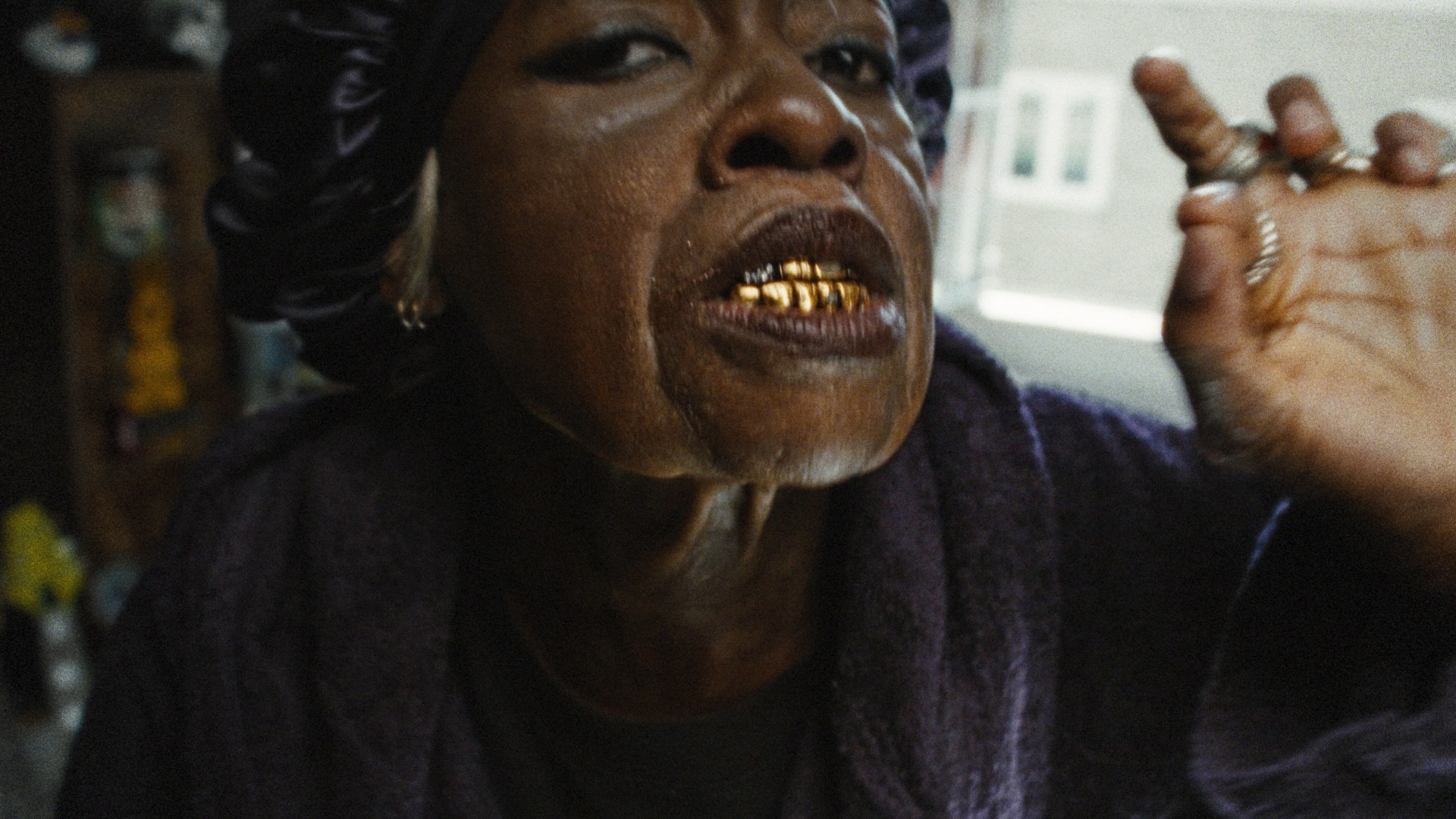The Agile Waterfall
Jon Arnold, a strategic consultant at Centresource Interactive Agency, explains how to blend the Agile approach and the waterfall method
Recently our team has been experimenting with a hybrid approach between Agile software development and the waterfall model. Many project management nerds are referring to this as “WetAgile”, an appropriate but kind of gross-sounding term. Before I explain further, a little background information:
We call our standard waterfall the 4D Approach: Define, Design, Develop, and Deploy. It’s pretty standard in the world of web and interactive, with each phase having a solid finish line before the next phase begins. It’s great for setting milestones with a client and managing expectations, but can often make for some difficult scheduling and internal struggles.
That’s the biggest drawback to a waterfall process: you’re never truly done with each phase. Despite the best laid plans, reality always sets in: a design decision needs to be amended to fit within a development environment; a forgotten interior page element suddenly becomes a necessity; or a developer needs a consult with a designer to work out an animation or visual transition.
With Agile development, we typically have a small, dedicated team working closely together inside a larger agency. There’s heavy communication and collaboration, and the client is often included in the discussion. Many Agile projects revolve around sprints, a one or two-week cycle of heavy development work that results in a new iteration or feature set on a live web product.
Agile Waterfall
If you think of waterfall projects as a staircase, Agile can be visualized as a series of concentric circles, building upon one another. We love this model for our Ruby projects and other dev-intensive, short timeline endeavors. That said, Agile makes some clients nervous. The short timelines and constant iterations can feel hyperactive and stressful to some clients, who would ultimately prefer a more traditional collaboration with our team.
So now, mixing the chocolate and the peanut butter … here’s what the Agile Waterfall generally looks like:
- A designer creates a homepage concept, which undergoes an internal review meeting with the developer and strategist.
- Reviews are made with that team and shared with the client, who also provides feedback.
- Final revisions are completed and the designer moves on to interior page concepts.
Meanwhile, a two developer team has begun initial development (typically one developer leads on actual dev, the other on theming). They have their marching orders from the first internal review meeting and so have an understanding of what needs to occur. Here’s their general flow:
Get the Creative Bloq Newsletter
Daily design news, reviews, how-tos and more, as picked by the editors.
- The lead dev sets up the CMS, the staging environment, and starts kicking tires on the main functional elements (through the models and controllers, typically).
- Prototyping of these elements occurs and are reviewed in a planning meeting with the designer and strategist to make sure everyone’s on the same page.
- Once the designer finishes step three above, the lead theming dev begins breaking down the homepage and integrates the existing dev work.
… and the whole thing keeps rolling on from there. During this process the strategist keeps the client in the loop and occasionally, shares the staging server credentials so the client has a backstage pass. The strategist also uses client feedback to help mold the visual and technical output from the production team.
There’s a lot of Agile purists out there who are probably bleeding from the eyes as they read this. To be clear, I’m specifically talking about projects that were brought on board our agency as a standard waterfall. These are typically smaller budget web applications or large marketing site projects, which generally work well inside a waterfall. This is also a good approach for a client who’s unsure or confused by the Agile process. Often Agile has an unlimited budget and timeline allocation associated with it, which can terrify the cost-conscious marketing manager who hired us.
So far, the results have been great. We’ve been able to surpass deadlines, save budget, and keep clients happy – the three key fenceposts for success in any interactive agency. In the great black box of interactive agencies (where money goes in, websites come out), this model allows us to be reflexive and client-focused while sticking to a tight budget or timeline.

Thank you for reading 5 articles this month* Join now for unlimited access
Enjoy your first month for just £1 / $1 / €1
*Read 5 free articles per month without a subscription

Join now for unlimited access
Try first month for just £1 / $1 / €1

The Creative Bloq team is made up of a group of art and design enthusiasts, and has changed and evolved since Creative Bloq began back in 2012. The current website team consists of eight full-time members of staff: Editor Georgia Coggan, Deputy Editor Rosie Hilder, Ecommerce Editor Beren Neale, Senior News Editor Daniel Piper, Editor, Digital Art and 3D Ian Dean, Tech Reviews Editor Erlingur Einarsson, Ecommerce Writer Beth Nicholls and Staff Writer Natalie Fear, as well as a roster of freelancers from around the world. The ImagineFX magazine team also pitch in, ensuring that content from leading digital art publication ImagineFX is represented on Creative Bloq.
